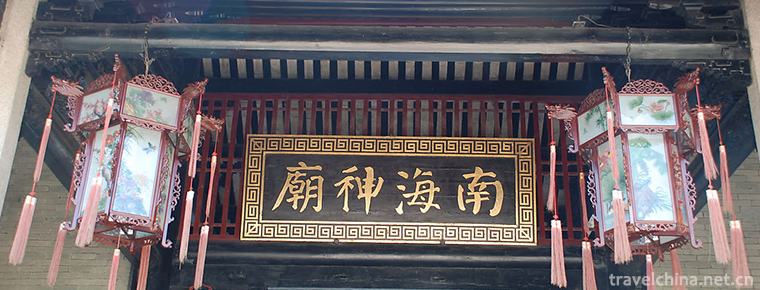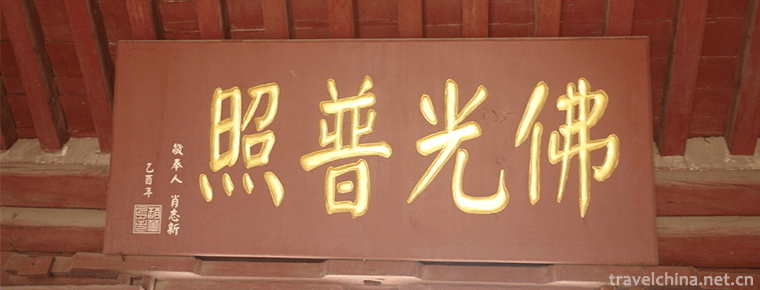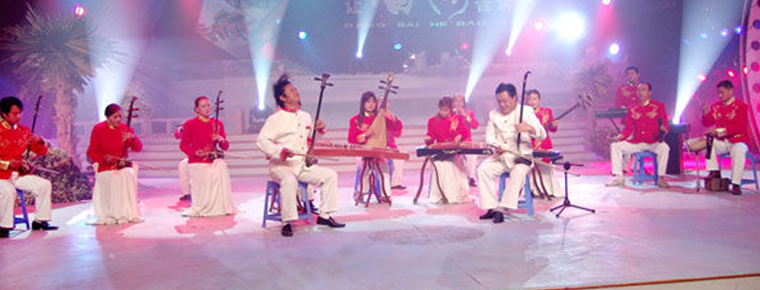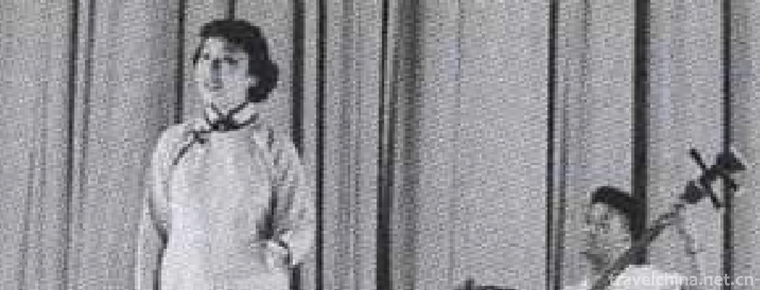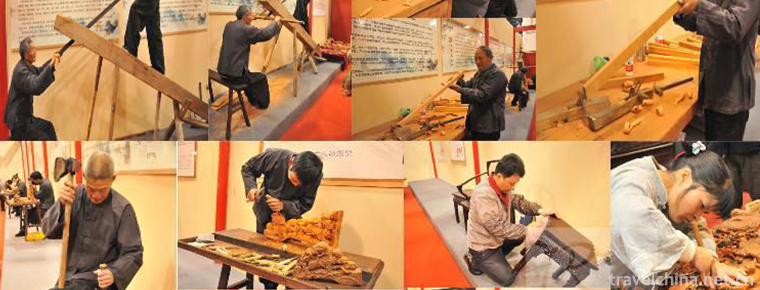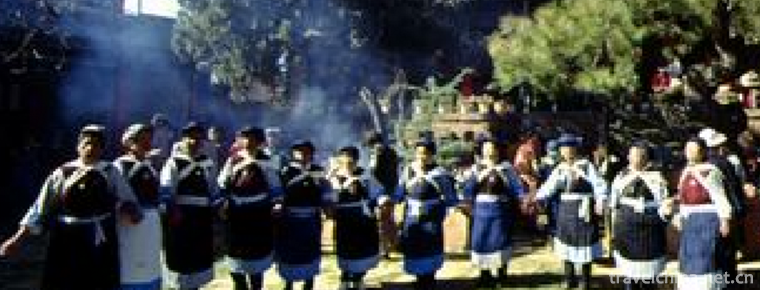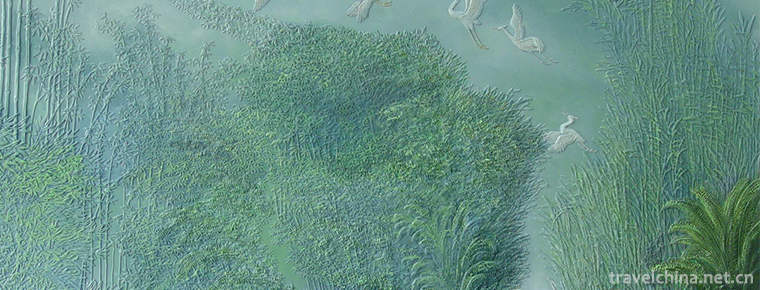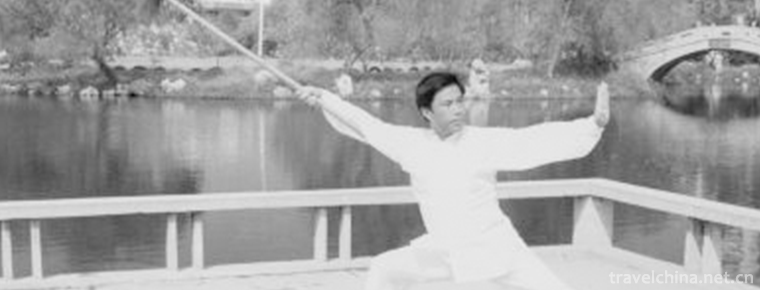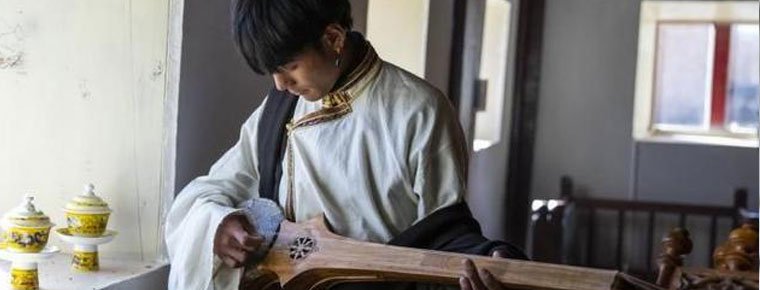Hui Costume
Hui Costume
The main symbol of Hui costume is the head. Men like to wear white caps. Hui women often wear a hood. Older Hui women wear black or brown headscarves in winter and white scarves in summer. They also have the habit of wearing pants and legs. Young women wear red, green or blue scarves in winter and red, green and yellow gauze scarves in summer. Hui women in mountainous areas like to wear embroidered shoes and have the habit of piercing earholes and wearing earrings.
On May 20, 2006, Hui costumes were approved by the State Council to be included in the first batch of national intangible cultural heritage lists.
Historical origin
Tang Dynasty
The Hui people usually call clothes "clothes" and "clothes".
Du Huan of the Tang Dynasty was captured in a battle between the Tang Dynasty and Dashi. He recorded what he saw and heard in his place. Among them, he talked about the costume of Dashi: "An Aphro, the King of Dashi, is here. Her noble ladies grew up magnificently, with clean clothes and leisurely appearance. When a woman goes out, she will cover her face. Tie a silver belt and wear a silver knife. Many of these cannibals later went to China for business, and naturally brought the custom of dress to China. The New Tang Book recorded for the first time the image, costumes and religious activities of Islamists. Allegedly: "Big food in the Persian land, the man's nose is high, face black and beard, the woman white, out of the barrier, five worship God, tie silver belt, wear silver knife..." From these records, we can see that the costumes and dresses of Muslims, especially Muslim women, who come to China from Arab, Persian and other places are still very distinctive!
Song Dynasty
Zhu Mao in Song Dynasty wrote in Pingzhou Ketan: "Guangzhou Fangfang, Tibetan clothes and exotic..." During the Tang and Song Dynasties, there were a large number of Muslim businessmen from Arabia and Persia, generally known as "Tibetans", who were the ancestors of the Hui nationality. This shows that the clothes of Hui ancestors at that time were different from those of Han people and had their own characteristics. Gu Yanwu's Book of Diseases of the Country and the Prefecture under Heaven clearly records that "in the Song Dynasty, the Tubo merchants were very rich, their clothes were all Pearl Luoqi, and their utensils were all gold and silver utensils." It can be seen that they were wearing decorative silk fabrics, rings, gold and silver utensils, etc.
Yuan Dynasty
The custom of Hui men wearing white hats and wearing "Daisdar" on their heads also existed a long time ago. Zhou Hui of the Song Dynasty said in his Bizhi of Qing Bo: "Layer sandalwood is also a country beside the South China Sea. The better you are, the better you will be. Man's words are like a feast." In the Yuan Dynasty, the Hui people had a relatively high political, economic and cultural status. Like other customs, the dress and costume customs of the Hui people were free and without any restrictions. They had Han costumes, wore Arabic and Persian styles, and made their own white caps, scarves and shoes. They began to develop into national costumes. However, by the Ming Dynasty, the dress customs of Hui people began to be restricted. The Hui nationality is not based on belief customs and ancestor's clothing style, combined with the reality of China's residential development to wear what you want, how you want to dress up, but by the ruling class's compulsory orders and restrictions. After the founding of the Ming Dynasty, Zhu Yuanzhang, the Taizu of the Ming Dynasty, adopted the policy of banning "Hu clothes" and allowed the Hui people to wear Han clothes. In this way, the clothing customs that the Hui people began to form could not be developed quickly and respected. By the Qing Dynasty, the ruling class was more prejudiced against the Hui people. Protect the body
Inheritance significance
The Hui costume is a unique cultural phenomenon of the Hui nationality. The Hui costume culture is a treasure house with a long history, colorful and rich accumulation. The development and variety of Hui costumes are influenced by the times, regions and the habits of neighboring brothers and nationalities, but fundamentally or as a whole, they are deeply influenced by Islamic culture on the formation of Hui nationality. Blanche Penny, a professor at Washington University and an authority in the history of human clothing, once expressed his deep emotion: "The study of clothing history can be said to be equivalent to an exploratory activity, which involves a wide range of fields and is of great interest." As the Hui costume is half along with the rhythm of development, it can help us grasp the main thread of Hui historical development from a macro perspective. The study of Hui costumes is not limited to the level of visual costumes such as clothes and headdresses, but to broaden the horizon, including shoes, ornaments, wedding and funeral costumes, stage performance costumes and student sample clothes, thus enriching the research content of Hui costume culture. In addition to the influence of the regional environment and the influence of social changes, all ethnic groups have their own unique aesthetic views.
Development status
Nowadays, with the development of social environment, the clothing of Hui people in urban and rural areas has changed a lot compared with the 1950s and 1960s before the founding of New China and after the founding of New China. Especially young and middle-aged men and women living in the city wear a variety of clothes. The Hui men's clothes have developed from single white sweater, blue shoulder, casual clothes, Zhongshan suit to Western clothes, jackets and other fashionable styles. Some Muslims in the city dress up, it is difficult to distinguish their clan from their clothes.
The traditional culture of Hui costumes, like most other nationalities, is also facing the problem of how to maintain its good inheritance. Here I hope that the majority of Hui compatriots will pay attention to our traditional culture and customs of ethnic costumes, so that our national splendid culture can be inherited and developed forever. This is our duty-bound responsibility of the contemporary young generation of Hui nationality.
The State attaches great importance to the protection of intangible cultural heritage. On May 20, 2006, the folklore was approved by the State Council and listed in the first batch of national intangible cultural heritage lists.
classification
Ningxia apparel
Hui costume is a vivid portrayal of Hui's religious beliefs, living environment and cultural activities, as well as an important carrier of Hui's cultural heritage.
However, according to the survey, the existing Hui costumes in Yinchuan City are stereotyped and monotonous; the Hui costumes lack specialized personnel and research and development efforts; the information collection and dissemination is not fast, and the necessary communication is lacking, and the development of Hui characteristic industries lacks a certain cultural atmosphere. According to a preliminary statistics of Yinchuan Chamber of Commerce, there are more than 12,000 enterprises and individuals engaged in garment management, production and processing in Yinchuan City. The vast majority of them are engaged in business circulation. There are only 30 enterprises specializing in garment production and processing, and only four ethnic garment manufacturers are on the verge of bankruptcy.
Tao Hong, an associate research librarian of the Library and Capital Center of Ningxia Academy of Social Sciences who has studied Hui costumes for many years, said that in order to develop Hui costumes, first of all, we should tap the market among the Hui people in need. With this fixed market, the relevant garment enterprises are particularly important in the aspects of workmanship and fabric selection. On this basis, the design of Hui dress, such as Hui wedding dress, worship dress, high-end life clothes and so on, can make a difference. In Linxia, Gansu and Xunhua, Qinghai, there are more people wearing Hui costumes than in Ningxia. In these areas, besides Hui, there are other ethnic groups, such as Dongxiang and Sala, who believe in Islam. Their costumes, like Hui costumes, can form a certain atmosphere. In addition, with the development of society, most Hui people do not wear Hui costumes except for specific occasions, so the market for developing Hui costumes is too small.
In 2005, Ningxia held the first national Hui costume exhibition competition. Some elegant designs of Hui costumes synchronized with the development of the times were appreciated by the majority of the Hui people in Ningxia. Ma Shumin, an international stage art designer and contest judge of China Conservatory of Music, believes that after years of development, Hui costumes have gradually been recognized by people, but they have not yet formed a complete costume style. She believes that the Hui people's clothing culture is very profound, and the reason why they did not form their own style is closely related to the scattered Hui people. In addition, the influence of Han culture is relatively large, and the national characteristics are not very obvious. She hopes that designers can launch a number of Hui costumes, while manufacturers can promote Hui costumes with low profits. Tao Hong told reporters that in order to develop Hui costumes, we should first have our own designers, innovate boldly in the keynote and design of Hui costumes, combine national culture with market, combine Hui traditional culture with modern life style, and combine the development of high-grade costumes with middle and low-grade costumes.
Hainan apparel
Hainan Hui costumes have distinct national characteristics. In Hui inhabited areas, the Hui people still maintain the traditional dress and attire of the Central Asian people. The most prominent feature is the Muslim costume with Hui characteristics - men wear small white caps, women wear a variety of colored headscarves.
Apart from language, Sanya Hui costumes are different from those in the mainland. Men of Hui nationality are no different from Han nationality's clothes, but the traditional clothes of Hui women, Wangmai clothes (meaning "Wangmai" is Hainan dialect, Hui women), have the characteristics of Southeast Asia and the local residents of Hainan, Li and Miao, which shows that the survival adaptability and creativity of the Hui people in Sanya are strong.

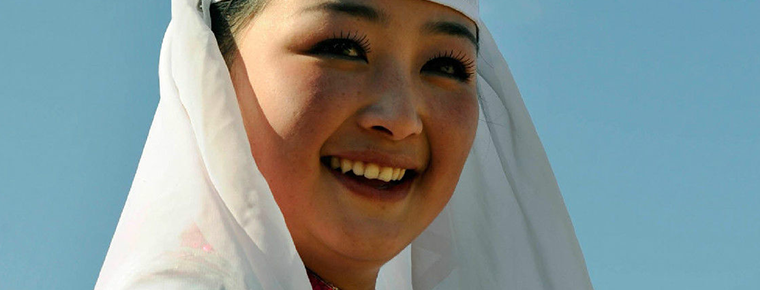
-
Nanhai Temple
Nanhai Temple, also known as the Polo Temple, is a place where ancient Chinese laborers worship the sea. Located in Miaotou Village, Huangpu District, Guangzhou.
Views: 198 Time 2018-12-31 -
Feng Guo Temple
Fengguo Temple is located in Yixian County, Jinzhou City, Liaoning Province, China. It was founded in the ninth year of Kaitai, Liaoning Province (1020). It was first named Xianxi Temple and later cha.
Views: 150 Time 2019-01-12 -
Bay Leaf Jing Making Skills
In June 2008, the technique of making bay leaf Scriptures was listed in the national intangible cultural heritage protection list. The Beiye Sutra (Dai for "lazy") refers to the Buddhist.
Views: 132 Time 2019-04-04 -
Major tune
The major tune was originally called "drum tune". Varieties of Quyiqu. It was first prevalent in Kaifeng, Henan Province, and then spread to Luoyang, Nanyang and other places..
Views: 360 Time 2019-04-23 -
Single string ziqu contains bifurcation
Single string ziqu, quyiqu. It is popular in Beijing, Tianjin, North China and Northeast China. During the reign of Guangxu in Qing Dynasty, folk artists compiled their own lyrics with octagonal drum .
Views: 238 Time 2019-04-25 -
Furniture Making Skills
Ming-style furniture making skills, local traditional handicraft in Suzhou City, Jiangsu Province, one of the national intangible cultural heritage..
Views: 193 Time 2019-05-05 -
Naxi Remei Biao
"Remei Biao" is also known as "Wo Yo Ye", which is a collective folk custom that has been spreading for thousands of years. There are more than ten people at least and hundreds of .
Views: 202 Time 2019-06-07 -
Ou sculpture
Ou sculpture, commonly known as color oil-pickle sculpture, also known as "color relief", is a unique folk art in Wenzhou, Zhejiang Province, one of the local traditional arts and crafts. It.
Views: 171 Time 2019-06-08 -
Salt drying Techniques
Salt-drying process is a special kind of handicraft technology. Its existing form is different from the general intangible culture. Its products are closely related to people's daily life and industri.
Views: 135 Time 2019-06-13 -
Yuejiaquan
Yuejiaquan is one of the traditional Chinese boxing which has been handed down completely in China. It was founded by Yue Fei, a national hero, according to his own learning and combating with the ene.
Views: 152 Time 2019-07-16 -
Ding Zhen heaven on earth with fire
This "paradise on earth" with fire Ding Zhen absorbed tens of millions of powder overnight, and the search volume increased by 620%.
Views: 66 Time 2020-12-07 -
Cheongsam goes to the world
The Organizing Committee of the 2010 Shanghai World Expo has customized 60 sets of tapestry cheongsam as gifts from the Chinese government to the wives of heads of state, each worth 100000 yuan..
Views: 335 Time 2020-12-11
